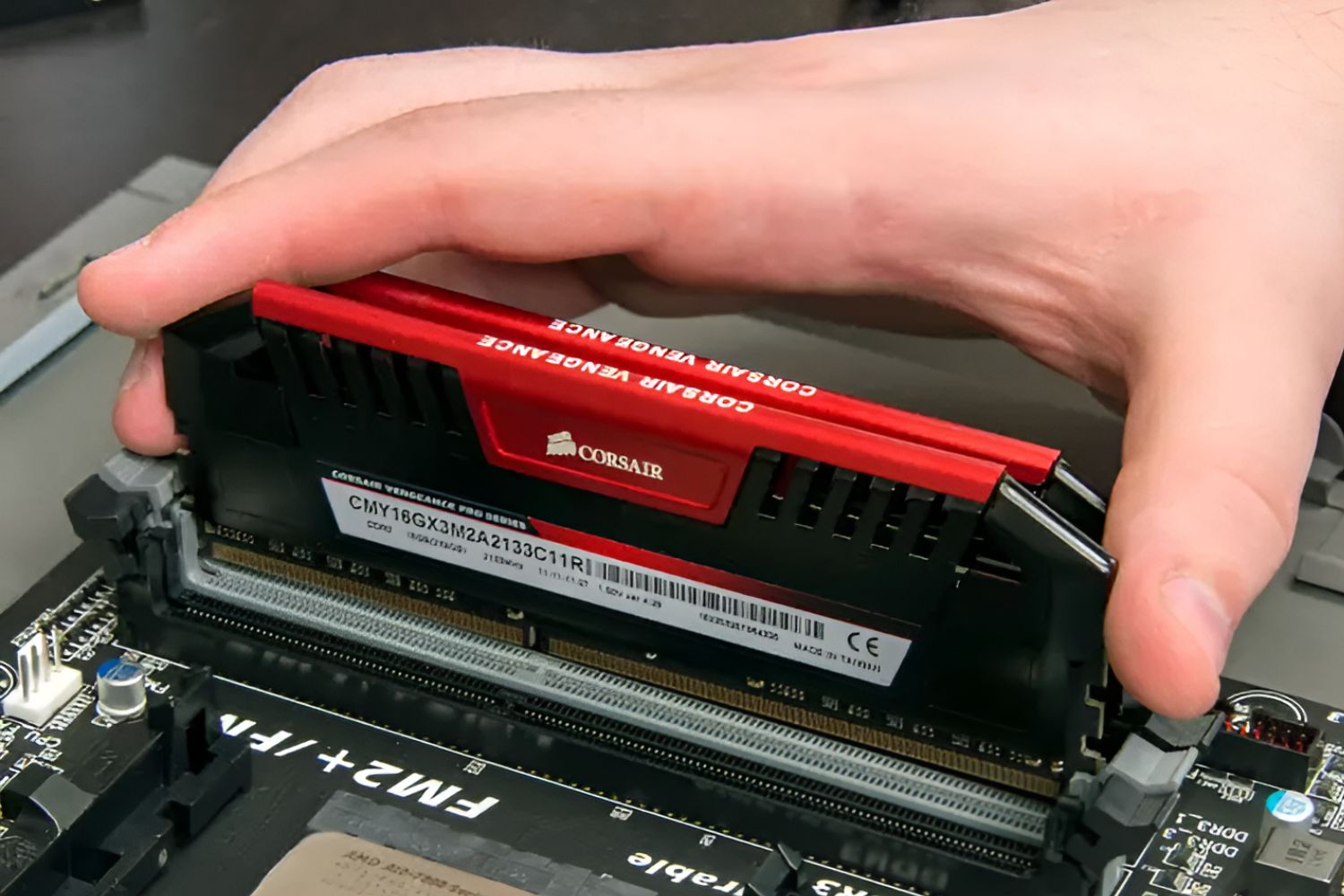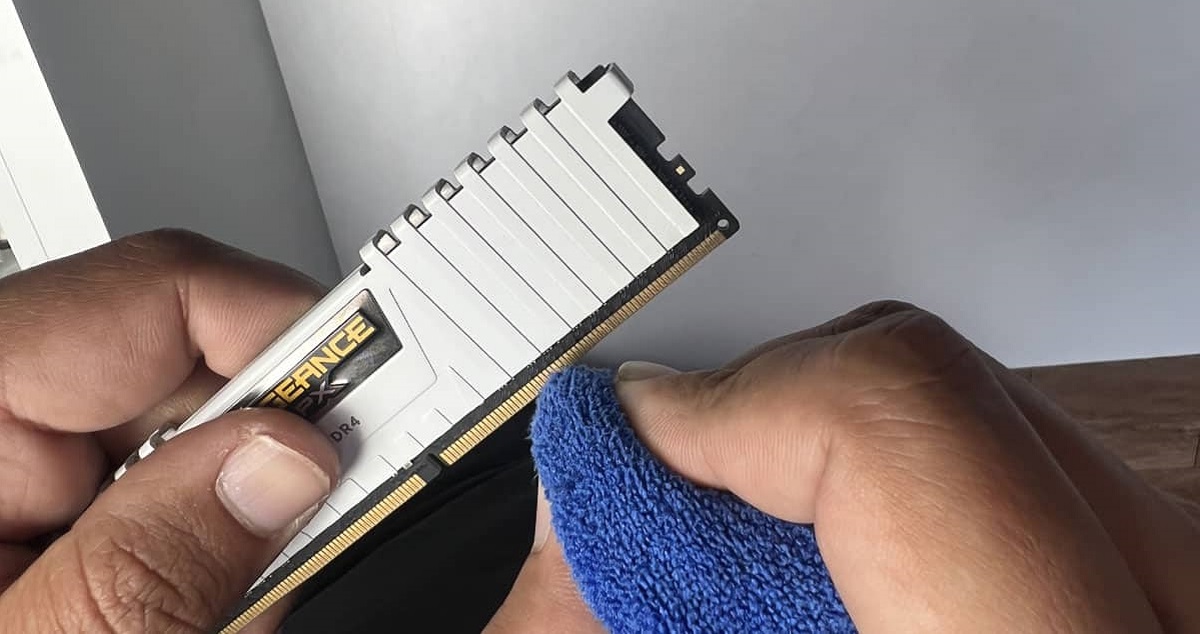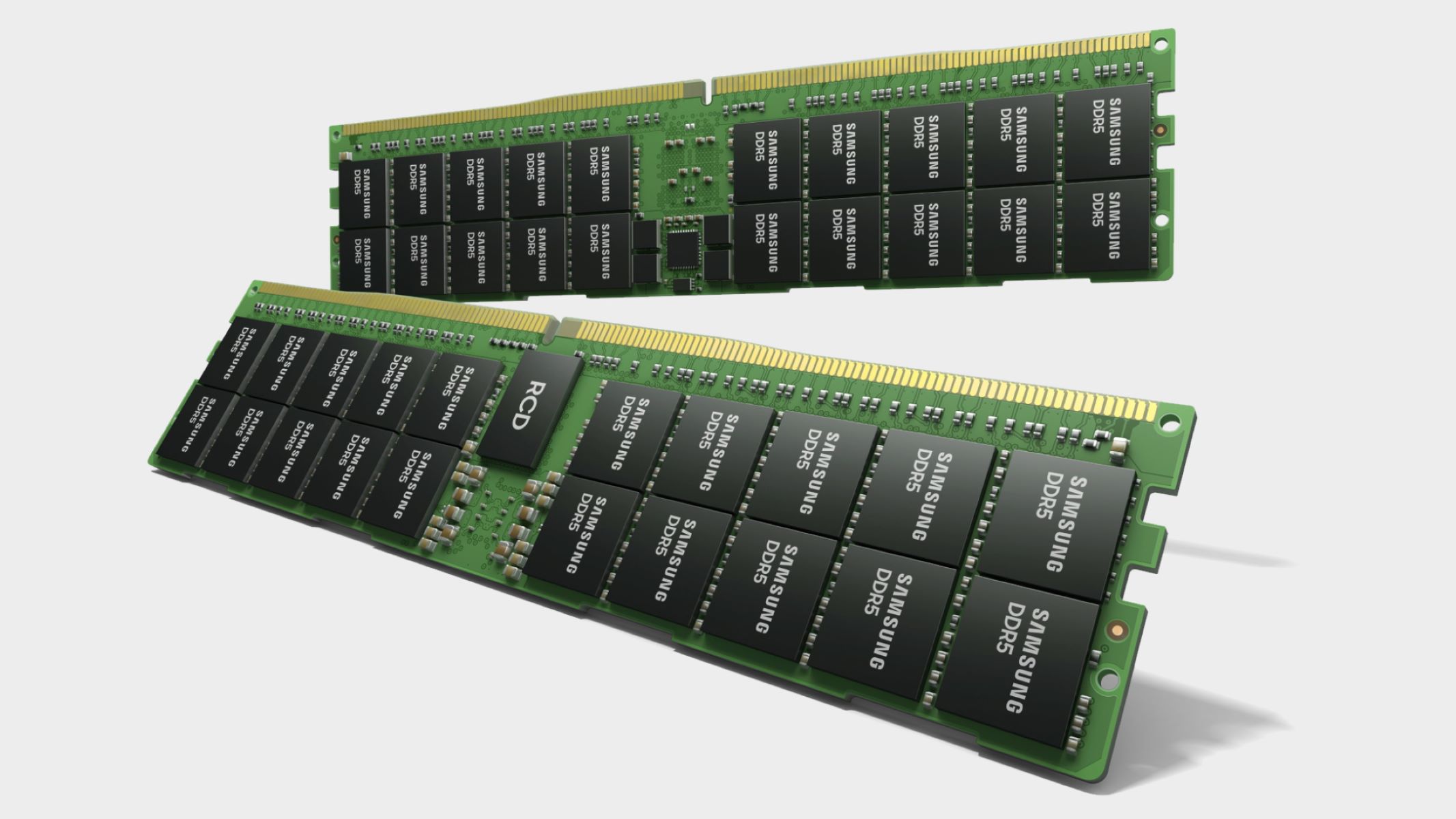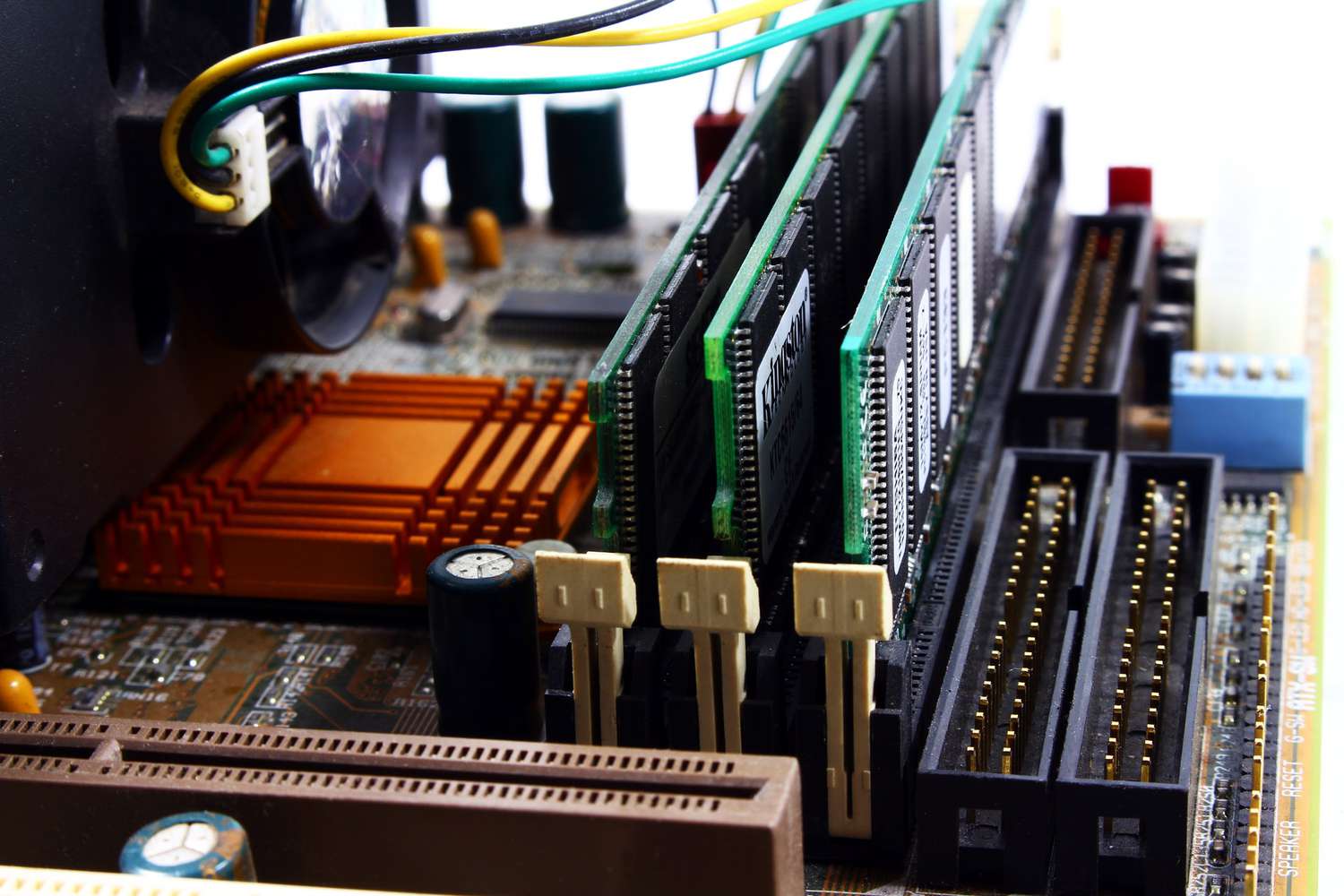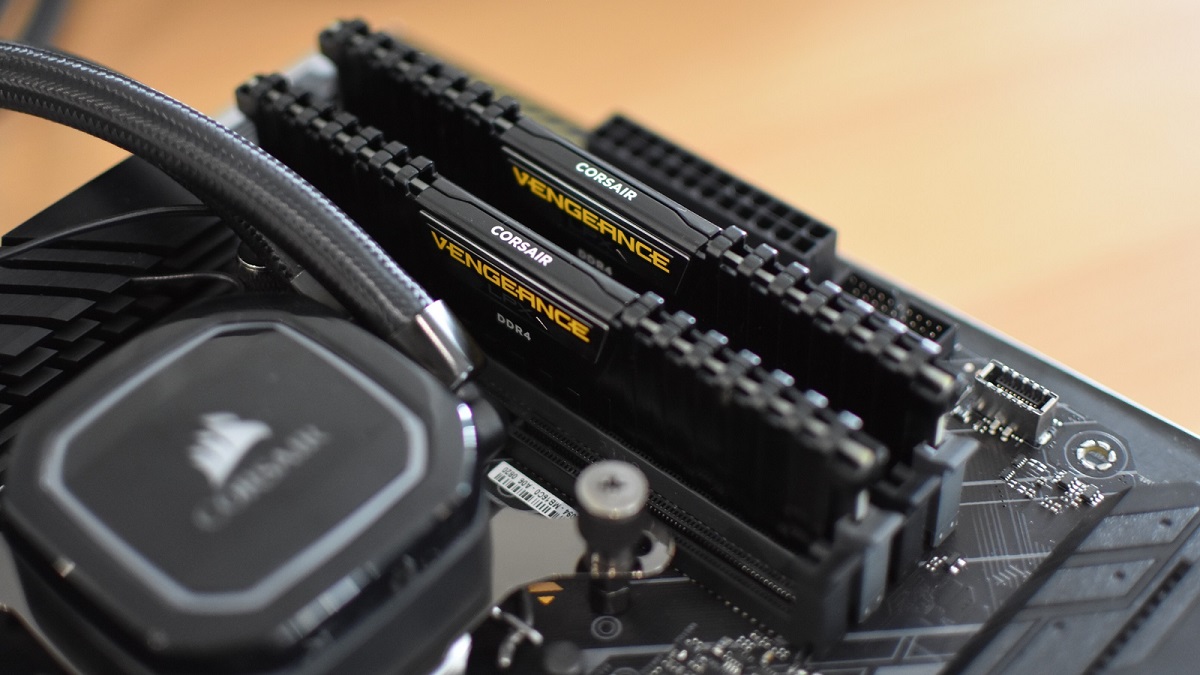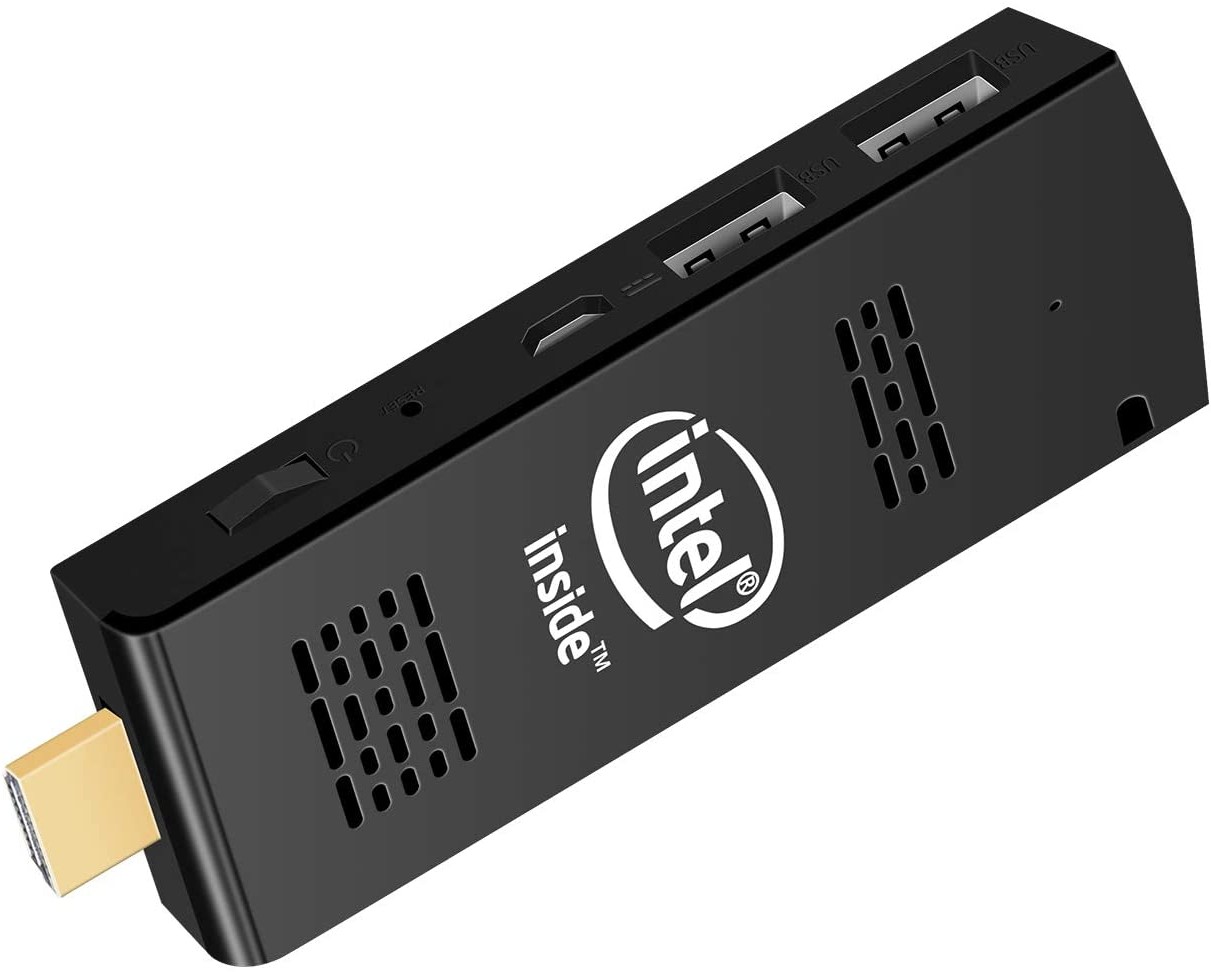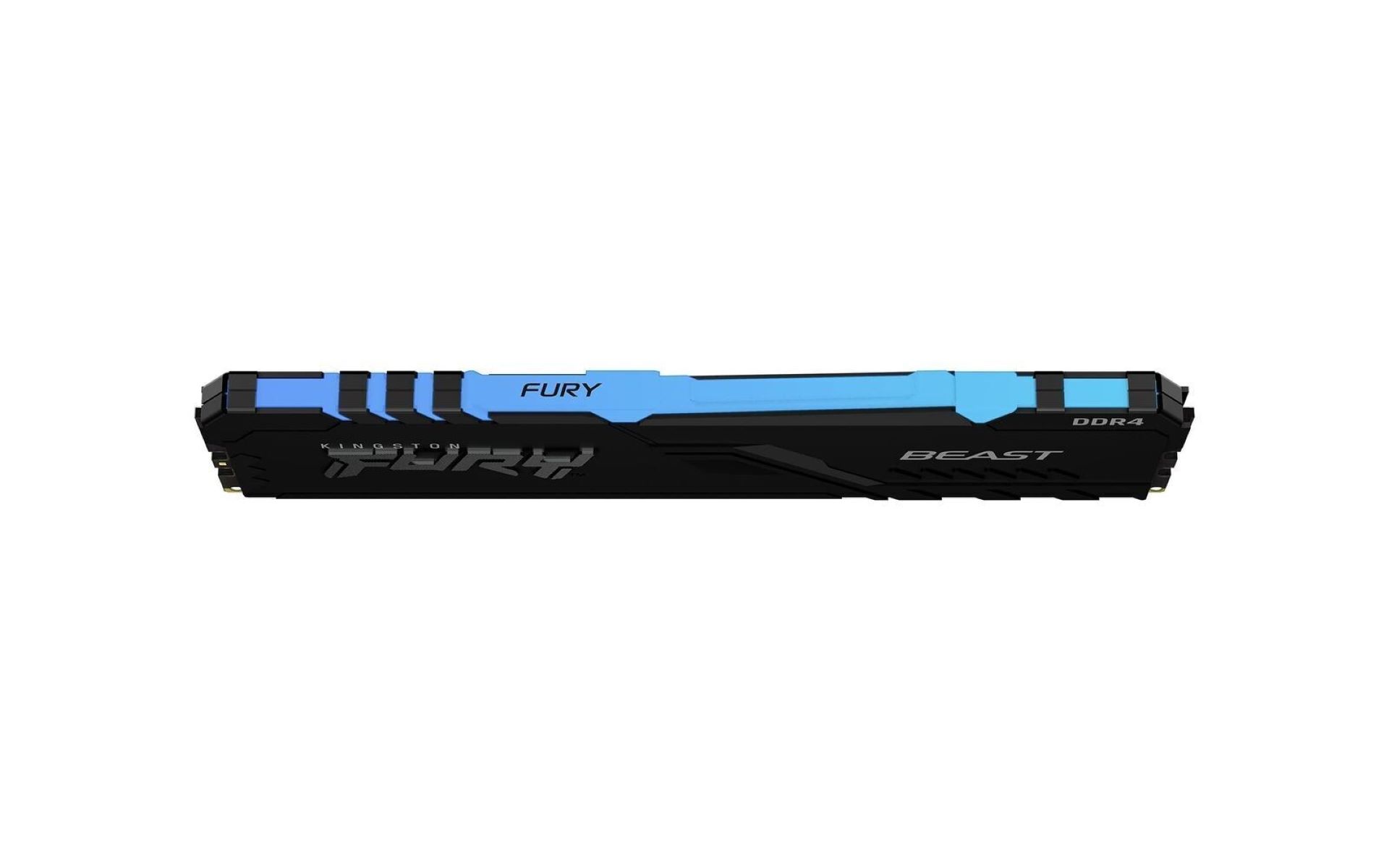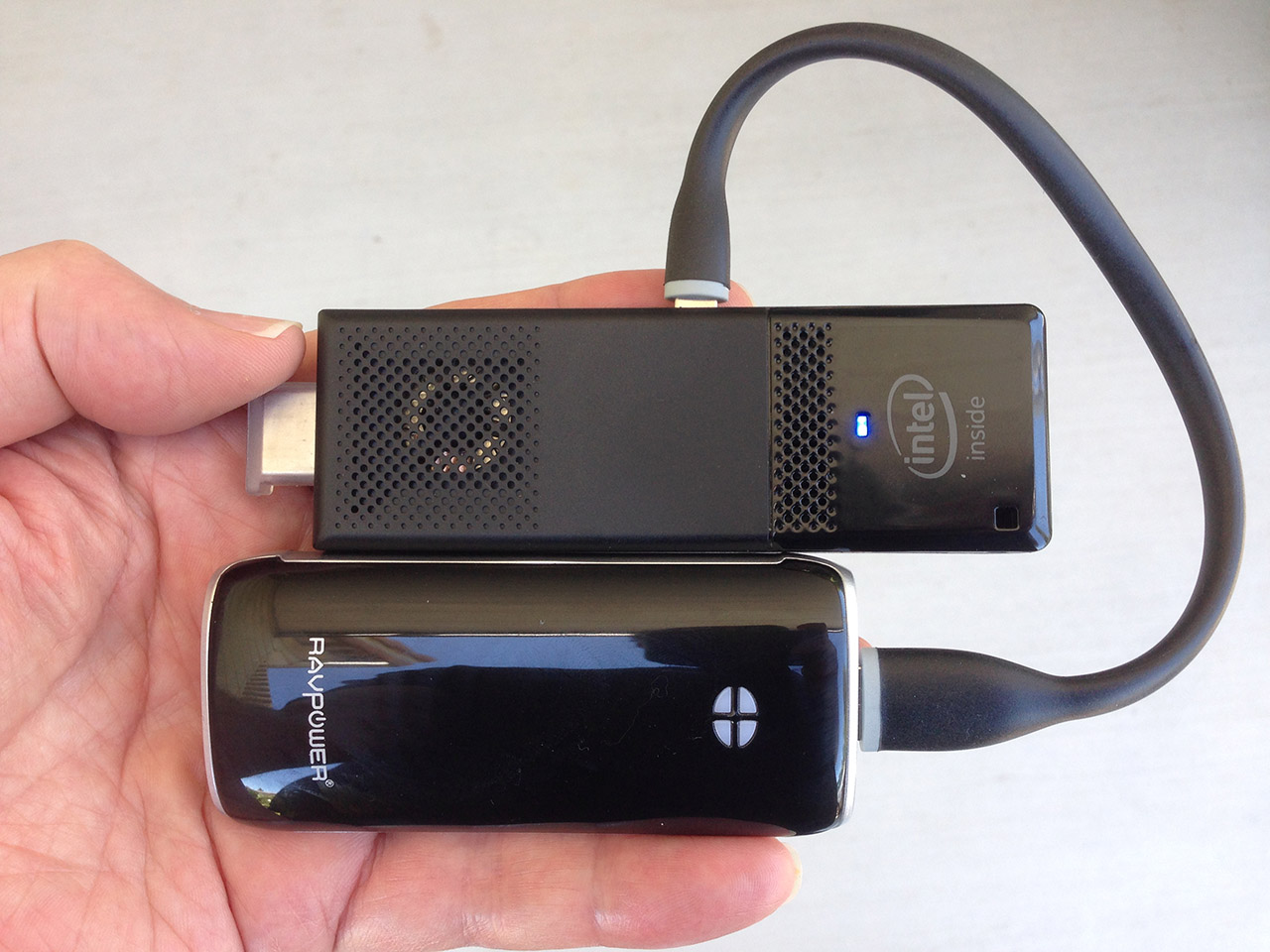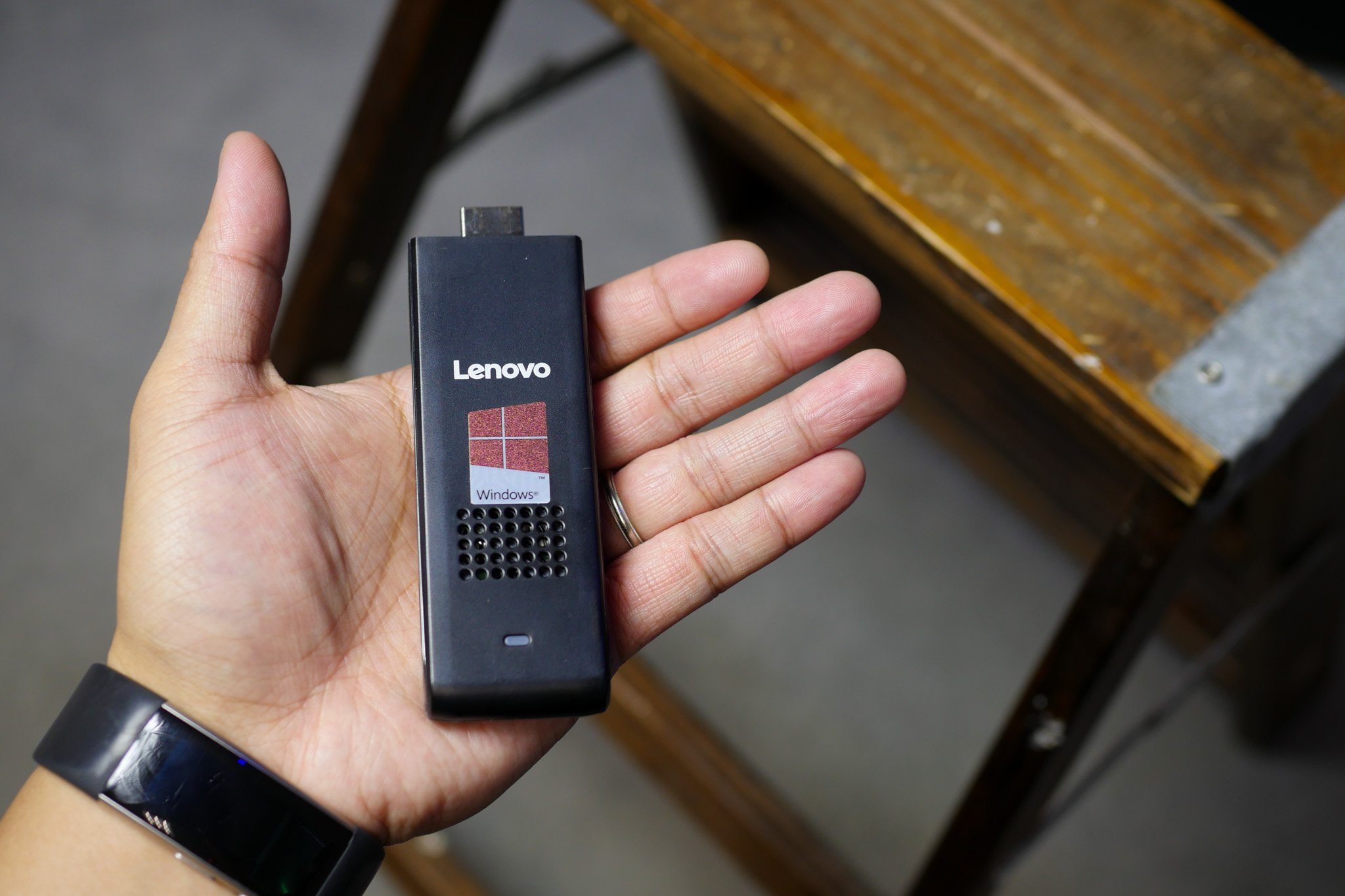Introduction
Welcome to the world of computer hardware! When it comes to upgrading your computer’s performance, one crucial component that often comes into play is the RAM (Random Access Memory). Whether you are a tech enthusiast or a casual computer user, understanding the role of RAM, and specifically RAM sticks, is essential.
RAM, often referred to as the short-term memory of your computer, plays a vital role in determining your system’s speed and efficiency. It allows your computer to temporarily store and access data that is actively being used, providing quick and easy access for your processor.
A RAM stick, also known as a memory module or RAM module, is the physical device that you insert into your computer to increase its RAM capacity. It’s like adding an extra workspace for your computer to perform its tasks. These small sticks pack a punch in terms of performance, making them a popular choice for those looking to boost their computer’s speed and multitasking capabilities.
Understanding how RAM sticks work and how to choose the right one for your computer can be intimidating, but fear not! In this article, we will guide you through the basics of RAM sticks, their types, installation process, common issues, and why upgrading your RAM might be worth considering.
What is RAM?
Before diving into the specifics of RAM sticks, let’s first understand what RAM (Random Access Memory) actually is. Often referred to as the computer’s short-term memory, RAM plays a critical role in the overall performance of your system.
RAM can be thought of as a temporary storage area where your computer stores data that is currently being used or processed. It allows for quick and easy access to this data, ensuring that your system can efficiently carry out tasks and run programs. Unlike the long-term storage provided by the hard drive or solid-state drive (SSD), RAM is volatile, meaning that its contents are wiped clean when your computer is powered off or restarted.
Why is RAM so important? Well, the more RAM your computer has, the more data it can hold and access at any given time. This directly impacts the performance of your system, especially when running resource-intensive applications or multitasking. With more RAM, your computer can handle multiple operations simultaneously, ensuring smoother and faster performance.
Think of RAM as your computer’s workspace. The more workspace available, the easier it is for your computer to access and manipulate data. If you have insufficient RAM, your system may struggle to keep up with demanding tasks, resulting in lag, slow response times, and overall decreased performance.
It is important to note that RAM is separate from your computer’s storage capacity. While the hard drive or SSD may store your files, programs, and operating system, RAM is responsible for the temporary storage and retrieval of data that your computer needs immediately for processing. This is why having adequate RAM is crucial for ensuring optimal performance, especially when dealing with memory-intensive tasks like gaming, video editing, or running virtual machines.
What is a RAM Stick?
Now that we have a basic understanding of RAM, let’s dig deeper into RAM sticks, also known as memory modules or RAM modules. A RAM stick is the physical component that you insert into your computer to increase its RAM capacity.
RAM sticks are rectangular in shape and typically have small chips on one or both sides. These chips, known as memory chips, store the data temporarily while your computer is in operation. The size and capacity of these chips determine the overall capacity of the RAM stick.
RAM sticks come in various capacities, with common sizes ranging from 4GB, 8GB, 16GB, all the way up to 64GB or more in high-end systems. It’s important to note that the capacity of your RAM stick doesn’t affect the speed of your computer directly. Instead, it determines how much data your computer can store and access simultaneously, impacting the overall multitasking capabilities and performance.
There are different types of RAM sticks available in the market, including DDR3, DDR4, and the newer DDR5. These types refer to the generation and technology used in the RAM stick, with each subsequent generation offering improved speed and efficiency. It’s essential to check the compatibility of your computer’s motherboard and processor with the type of RAM stick you plan to install to ensure optimal performance.
RAM sticks are designed to be easily removable and replaceable, allowing you to upgrade or expand your computer’s RAM capacity without the need for extensive technical knowledge. They typically have notches that align with slots on your computer’s motherboard, ensuring proper installation and connection.
Upgrading your RAM by adding more RAM sticks can significantly improve your computer’s performance, especially if you often find yourself running out of memory while running multiple programs or engaging in memory-intensive tasks. However, it’s essential to consider your computer’s limitations, such as the maximum RAM capacity supported by your motherboard or the type and speed of RAM supported by your processor.
Now that you have a better understanding of what RAM sticks are and their role in enhancing your computer’s performance, let’s explore how they work in more detail.
How does a RAM Stick Work?
A RAM stick may seem like a simple piece of hardware, but its inner workings are quite fascinating. To understand how a RAM stick functions, let’s explore the key processes involved:
1. Reading and Writing Data: When your computer needs to access a specific piece of data, the RAM stick quickly retrieves it and transfers it to the processor. Similarly, when your computer needs to store new data, the RAM stick accepts the data from the processor and writes it onto the memory chips. This process happens within nanoseconds, allowing for swift data retrieval and storage.
2. Addressing and Organization: Each byte of data stored in a RAM stick is assigned a unique address. This address allows the processor to locate and access the desired data quickly. The data is organized into rows and columns, forming a grid-like structure that facilitates efficient data retrieval and storage.
3. Electrical Signals: RAM sticks utilize electrical signals to encode and transfer data. The memory cells within the memory chips store data in the form of electrical charges. A charge representing “1” and no charge representing “0”. When the processor sends a request for data, the RAM stick activates specific memory cells by providing them with electrical charges, allowing the data to be read and transferred.
4. Refreshing Data: Unlike permanent storage devices like hard drives or SSDs, RAM is volatile, meaning it requires a constant supply of power to maintain data integrity. To ensure data is not lost, RAM sticks continuously refresh their memory cells, recharging them with electrical charges to keep the data intact. This process happens in the background and is crucial in preventing data loss during operation.
5. Data Transfer Speed: One of the significant factors that determine a RAM stick’s performance is its data transfer speed. It is commonly measured in megahertz (MHz) or gigahertz (GHz). Higher-frequency RAM sticks have a faster data transfer rate, allowing for quicker data access and improved system responsiveness.
In essence, a RAM stick acts as a bridge between the processor and the computer’s permanent storage devices. It provides a fast and temporary storage space for data that the processor needs to access frequently, resulting in enhanced speed and overall system performance.
Now that you have a better understanding of how a RAM stick works, let’s explore the different types of RAM sticks available in the market.
Different Types of RAM Sticks
When it comes to RAM sticks, there are several types available, each with its own characteristics and specifications. Let’s take a closer look at the most common types:
1. DDR3 RAM: This type of RAM stick was widely used in earlier generation computers. DDR3 RAM is known for its reliability and compatibility with a wide range of systems. However, it is slower and less power-efficient compared to newer generations.
2. DDR4 RAM: DDR4 RAM is the successor to DDR3 and offers improved speed and efficiency. It operates at higher clock speeds, allowing for faster data transfer rates. DDR4 RAM modules also require less power, making them more energy-efficient.
3. DDR5 RAM: The newest generation of RAM sticks, DDR5, offers even higher speeds and improved performance compared to DDR4. DDR5 RAM is designed for high-end systems and is capable of handling demanding tasks, such as gaming, video editing, and 3D rendering, with ease.
4. ECC RAM: ECC (Error-Correcting Code) RAM is a specialized type of RAM stick commonly used in servers and workstations. ECC RAM includes additional circuitry that detects and corrects errors in data, providing enhanced data integrity and reliability.
5. SO-DIMM RAM: SO-DIMM (Small Outline Dual Inline Memory Module) RAM is a smaller form factor typically used in laptops, mini PCs, and compact systems. It offers the same performance as regular DIMM RAM but in a more compact size.
6. Registered / Buffered RAM: Registered or buffered RAM is designed for high-performance servers and workstations. It includes an additional register that helps reduce electrical loads on the system, allowing for greater overall memory capacity.
7. Unbuffered / Unregistered RAM: Unbuffered or unregistered RAM is the most common type of RAM stick used in consumer-grade computers. It offers straightforward compatibility and is generally more affordable compared to registered RAM.
When choosing a RAM stick, it is crucial to consider compatibility with your computer’s motherboard and processor, as well as your system’s memory requirements. Refer to your computer’s user manual or consult with a specialist to ensure you select the right type and module size for your specific system.
Now that we have discussed the different types of RAM sticks, let’s move on to the next step: choosing the right RAM stick for your computer.
How to Choose the Right RAM Stick for Your Computer
Choosing the right RAM stick for your computer is essential to ensure compatibility and optimal performance. Here are some key factors to consider when selecting a RAM stick:
1. Compatibility: Check your computer’s motherboard specifications to determine the type of RAM (DDR3, DDR4, etc.) and the maximum supported capacity. Ensure that the RAM stick you choose matches these specifications for seamless compatibility.
2. Capacity: Assess your computer’s memory requirements based on your usage. For casual users, 8GB to 16GB of RAM should suffice for general tasks. If you engage in memory-intensive activities like gaming or multimedia editing, consider higher capacities like 16GB, 32GB, or even 64GB.
3. Speed: RAM speed, measured in megahertz (MHz), determines how quickly data can be transferred. Higher speeds result in better performance, but they must be supported by both the RAM stick and the motherboard. Check your system’s maximum supported speed and choose RAM sticks accordingly.
4. Timing and Latency: RAM timing and latency refer to the delay between data requests and responses. Lower latency values (CL) and tighter timings (e.g., 16-18-18-36) generally indicate better performance. However, in real-world scenarios, the impact of timing on overall performance is minimal.
5. Single or Dual Channel: RAM sticks can be installed in single or dual-channel configurations. If your motherboard supports dual-channel memory, installing RAM sticks in pairs can improve performance by allowing simultaneous data access. Check your motherboard manual for specific instructions.
6. Brand and Quality: Choose reputable brands when purchasing RAM sticks to ensure reliability, compatibility, and customer support. Opting for higher-quality RAM modules can also help prevent compatibility issues and provide better longevity.
7. Budget: Consider your budget when selecting a RAM stick. Higher capacity and faster RAM modules typically come at a higher cost. Assess your needs and strike a balance between performance and budget.
Additionally, consult user reviews, computer forums, and manufacturer resources to gather more information about specific RAM modules before making a purchase.
Remember to take note of any physical limitations, such as limited RAM slots or clearance issues in smaller form factor systems.
By considering these factors, you can choose a RAM stick that not only meets the technical requirements of your computer but also enhances its performance and efficiency.
With your new RAM stick in hand, the next step is to install it in your computer. Let’s explore how to do that in the next section.
How to Install a RAM Stick
Installing a RAM stick in your computer is a relatively simple process. Follow these steps to ensure a successful installation:
1. Prepare Your Workspace: Before starting, shut down your computer and unplug it from the power source. Clear a clean and static-free workspace, preferably on a non-metal surface, to avoid any potential damage from electrostatic discharge.
2. Locate the RAM Slots: Open the computer case or access panel to expose the motherboard. Locate the RAM slots, usually near the CPU socket. Consult your motherboard manual if you’re unsure about the exact location.
3. Handle the RAM Stick Carefully: Remove the RAM stick from its packaging, holding it by the edges. Avoid touching the gold or metal contacts, as oils from your fingers can interfere with proper connectivity.
4. Align and Insert the RAM Stick: Identify the notch on the RAM stick that corresponds with the key in the RAM slot. Align the notch with the key and gently insert the RAM stick into the slot at a slight angle. Apply even pressure on both ends of the stick, ensuring it is firmly seated and the latches on the slot side click into place.
5. Secure the RAM Stick: Once the RAM stick is inserted correctly, press it down firmly until it is fully seated. Ensure that the latches on the RAM slot engage with the notches on the sides of the RAM stick to lock it in place.
6. Close the Computer Case: Carefully close the computer case or replace the access panel, ensuring it is secure and properly aligned.
7. Power On and Verify: Plug the computer back into the power source and power it on. If the RAM stick is installed correctly, the computer will recognize the new RAM during the boot-up process. You can verify the installed RAM capacity in the BIOS or the operating system’s system information.
It’s important to note that if you are adding multiple RAM sticks, they should be of the same type (e.g., DDR4), capacity, and speed for optimal performance. Additionally, refer to your motherboard manual for specific guidelines on RAM installation and compatibility.
With your RAM stick successfully installed, you can now enjoy the increased memory capacity and improved performance.
In the next section, we will discuss some common issues that you may encounter with RAM sticks and how to troubleshoot them.
Common Issues with RAM Sticks
While RAM sticks are generally reliable, like any other computer hardware, they can encounter issues. Here are some common problems you may come across with RAM sticks:
1. Incompatibility: RAM sticks may not be compatible with your motherboard or processor due to differences in generation, voltage, or timing. Always ensure that the RAM stick you purchase is supported by your system’s specifications.
2. Improperly Seated RAM: If a RAM stick is not inserted correctly or securely seated in the slot, it may cause system instability or boot failure. Double-check to ensure that the RAM stick is firmly inserted and properly locked in place.
3. Mismatched RAM: Mixing different types or capacities of RAM sticks can lead to compatibility issues and system instability. It’s best to use RAM sticks that are identical in specifications and characteristics to ensure optimal performance.
4. Faulty RAM Stick: RAM sticks can occasionally be defective, resulting in issues like system crashes, errors, or failure to boot. If you suspect a faulty RAM stick, try removing it and testing your system with a known-working RAM stick to isolate the problem.
5. Insufficient Power: In some cases, insufficient power supply to the RAM sticks can cause instability or errors. Check if your power supply unit (PSU) is providing adequate power to support the RAM sticks installed in your system.
6. Overheating: RAM sticks generate heat as they operate, and excessive heat can lead to system instability. Ensure proper airflow and cooling inside your computer case to prevent overheating of the RAM sticks.
7. Outdated BIOS: An outdated or incompatible system BIOS can cause issues with recognizing or properly utilizing RAM sticks. Check for BIOS updates from your motherboard manufacturer and install them if necessary.
If you encounter any problems with your RAM sticks, here are some troubleshooting steps you can take:
1. Re-seat the RAM: Remove the RAM sticks, clean the contacts with an eraser or isopropyl alcohol, and re-insert them firmly into the slots.
2. Test the RAM: Use diagnostic tools like Memtest86+ to verify if the RAM sticks are functioning correctly. These tools can help identify any errors or defects in the RAM.
3. Check for BIOS Updates: Updating your system’s BIOS to the latest version can address compatibility issues and improve RAM stick performance.
4. Consult Technical Support: If you are unable to resolve the issue, reach out to the manufacturer’s technical support or consult a professional to diagnose and resolve the problem.
By being aware of these common issues and taking appropriate troubleshooting steps, you can ensure smooth and reliable performance from your RAM sticks.
In the next section, we will discuss the reasons why upgrading your RAM can be beneficial for your computer’s performance.
Why Should You Upgrade Your RAM?
Upgrading your RAM can have a significant impact on your computer’s performance and overall user experience. Here are some compelling reasons why you should consider upgrading your RAM:
1. Improved System Speed: Adding more RAM allows your computer to store and access more data simultaneously. This means that your system can handle multiple tasks and applications more efficiently, resulting in faster response times and overall improved speed.
2. Enhanced Multitasking Abilities: Insufficient RAM can cause your computer to slow down or freeze when running resource-intensive applications or multitasking. Upgrading your RAM provides the necessary capacity to handle simultaneous tasks seamlessly, allowing you to work faster and more efficiently.
3. Better Gaming Performance: Games, especially modern ones, often require a significant amount of RAM to run smoothly. Upgrading your RAM can enhance your gaming experience by reducing lag, improving frame rates, and allowing for more detailed graphics and immersive gameplay.
4. Smooth Video Editing and Multimedia Production: Video editing and multimedia production software often require a substantial amount of RAM to process and manipulate large files efficiently. With more RAM, you can edit videos, work on graphic design projects, or compose music without experiencing frustrating slowdowns or crashes.
5. Seamless Virtual Machine Performance: If you frequently use virtual machines to test different operating systems or run resource-intensive software, more RAM is essential for smooth and efficient virtualization. Upgrading your RAM allows you to allocate adequate memory to each virtual machine, ensuring optimal performance.
6. Future-Proofing Your System: As software and applications continue to evolve, they tend to become more resource-demanding. By upgrading your RAM, you can ensure that your computer is capable of handling the requirements of future software updates, keeping your system relevant and capable for a longer time.
7. Cost-Effective Upgrade: Compared to other hardware upgrades, such as CPU or storage, adding more RAM is often a cost-effective solution for improving system performance. It can provide a noticeable boost to your computer’s capabilities without breaking the bank.
Remember to consider your computer’s limitations, such as the maximum supported RAM capacity and the type of RAM supported by your motherboard, when determining the ideal amount and type of RAM for your upgrade.
Upgrading your RAM is a straightforward and effective way to breathe new life into your computer, ensuring that it can handle the demands of modern software and tasks with ease.
In the next section, we will wrap up our discussion on RAM sticks and summarize the key points discussed throughout the article.
Conclusion
RAM sticks play a crucial role in enhancing your computer’s performance and overall efficiency. Understanding what RAM is and how RAM sticks work is essential for making informed decisions when it comes to upgrading or choosing the right RAM for your computer.
In this article, we discussed the basics of RAM, including its function as the computer’s short-term memory, and its importance in determining system speed and multitasking capabilities. We explored what RAM sticks are, their physical components, and their role in increasing RAM capacity.
Furthermore, we delved into the different types of RAM sticks available, such as DDR3, DDR4, and DDR5, as well as specialized variants like ECC and SO-DIMM RAM. Understanding the different types and their compatibility with your system can help you make the right choice when upgrading your RAM.
We also covered important considerations for choosing the right RAM stick, including compatibility, capacity, speed, timing, and budget. By taking these factors into account, you can ensure that the RAM stick you choose is suitable for your computer’s specific requirements.
Additionally, we discussed the installation process of RAM sticks, highlighting the importance of proper seating and secure installation to prevent issues and ensure optimal performance.
We addressed common issues that may arise with RAM sticks, such as compatibility, improper seating, mismatched modules, and power-related problems. By being aware of these issues and following troubleshooting steps, you can resolve problems effectively and maintain the stability of your system.
Lastly, we explored the benefits of upgrading your RAM, such as improved system speed, enhanced multitasking abilities, better gaming performance, smooth video editing, seamless virtual machine utilization, future-proofing your system, and cost-effectiveness.
With the knowledge gained from this article, you are now better equipped to make informed decisions when it comes to RAM sticks and their role in optimizing your computer’s performance.
Remember to consult your computer’s specifications and seek professional assistance if needed to ensure compatibility and successful upgrades.
Upgrade your RAM today and unlock the full potential of your computer!







